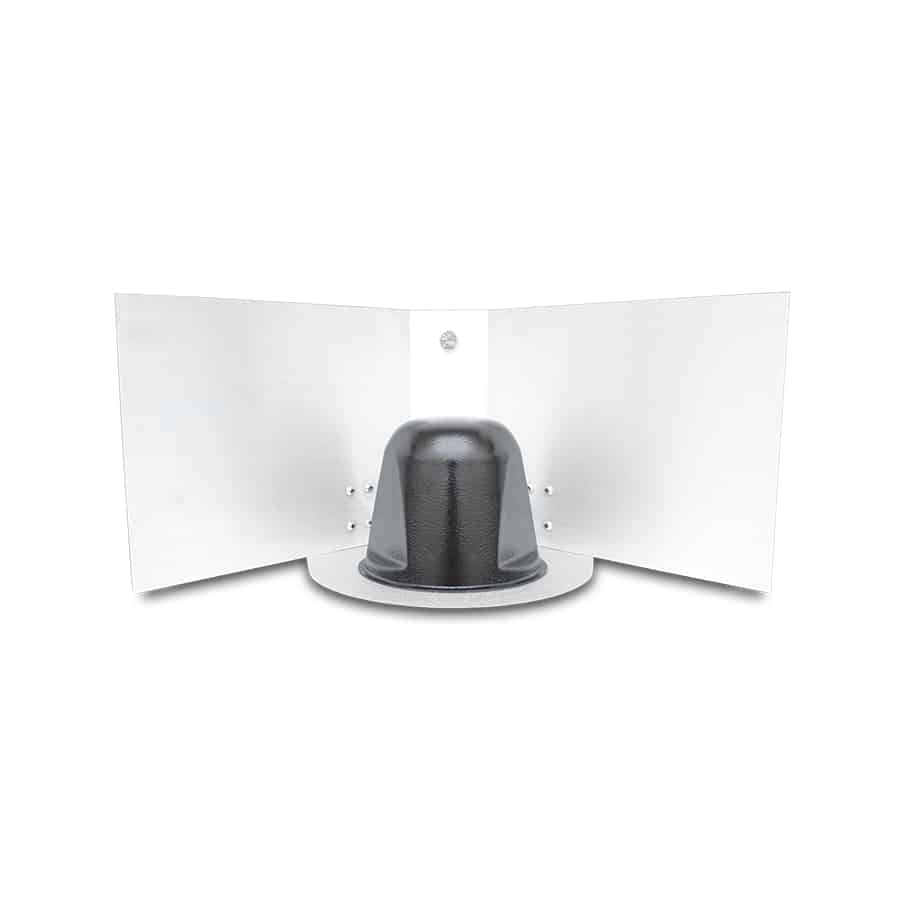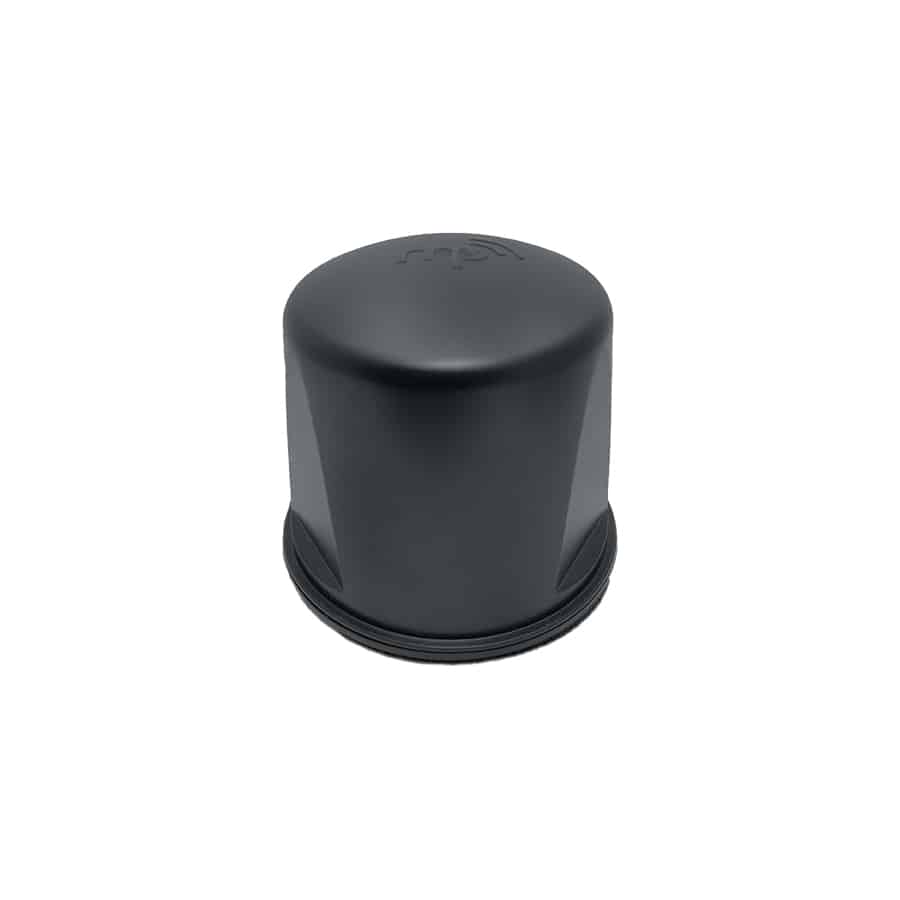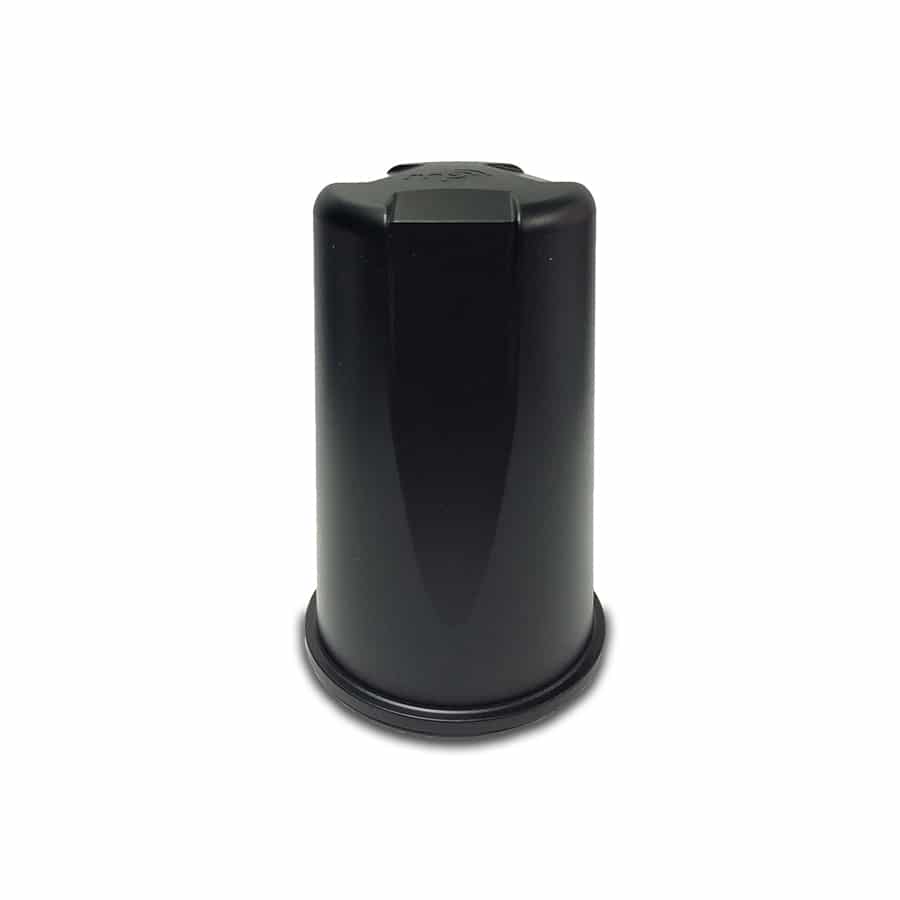Agriculture Network Antennas
Multi-polarized antennas for smart farm communications, irrigation, and sensor networks
Agriculture network antennas provide reliable performance in outdoor environments where obstructions such as farm equipment, crops, fences, irrigation systems, and buildings can interfere with long-range communications. Unlike standard wireless antennas, MP Antenna’s multi-polarized antenna are designed for non-line-of-sight (NLOS) applications like these. Our agriculture network antennas provide users with consistent voice and data communications while reducing signal degradation. See the product table and additional sections below for more information .
| Image | SKU | Name | Frequency Range | Details | hf:att:pa_technology | hf:att:pa_mounting_type | hf:att:pa_radiation_pattern | hf:att:pa_feeds |
|---|---|---|---|---|---|---|---|---|
| 08-ANT-0910 | Directional Antenna 08-ANT-0910 | 902MHz to 940MHz | More Info | 700_900 | mast_mount | directional_antennas | single_feed | |
| 08-ANT-0921 | Omni Directional Antenna 08-ANT-0921 | 870MHz to 999MHz | More Info | 700_900 | nmo_mobile_mount | omnidirectional_antennas | single_feed | |
| 08-ANT-0954 | Cellular Antenna 08-ANT-0954 | 700MHz to 6GHz | More Info | 5g_4g_3g_lte 700_900 | nmo_mobile_mount | omnidirectional_antennas | single_feed | |
| 08-ANT-1098 | Cellular Antenna 08-ANT-1098 | 700MHz to 6GHz | More Info | 5g_4g_3g_lte 700_900 | nmo_mobile_mount | omnidirectional_antennas | single_feed |
Smart Farm Antennas
Smart farm antennas are used in manual guidance and automatic steering applications. They are designed to resist vibrations caused by the movement of agricultural equipment over rough or uneven terrain. These agriculture network antennas also resist a wide range of outdoor temperatures and weather conditions. They may rely upon satellite communications and support precise control and positioning
Sensor Network Antennas
Sensor network antennas are deployed with networks of sensors that monitor physical and environmental conditions such as temperature, sound, vibration, pressure, motion, or pollutants. On a large-scale farm, a wireless sensor network (WSN) may contain hundreds of thousands of sensor nodes. Along with sensors and antennas, system components include computing devices and radio transceivers.
Autonomous Vehicle Antennas
Autonomous vehicle antennas use global positioning system (GPS) technology and multiple modulated signals over various frequencies. Dual band antennas that operate on two bands or frequencies are often used. Autonomous vehicle antennas that support sensors with a 360-degree field of view help to support object detection, protecting farm equipment from collision-related damage.
Irrigation Antennas
Irrigation antennas are used with automatic sprinkler systems, motorized sprinklers, pumps, and moisture sensors. Wireless irrigation systems enable farmers to eliminate long runs of copper wire that are expensive to purchase, install, and inspect. Agriculture network antennas for these deployments need to resist contact with water and may meet specific standard for ingress protection.
Other Agriculture Network Antennas
Additional types of agriculture network antennas include:
- Directional antennas that radiate in a single direction where high gain is typically required.
- Omni directional antennas that radiate radio wave power uniformly in all directions in one plane.
- Cellular antennas for agriculture equipment and buildings
Contact us for more information and let us know what you need.



